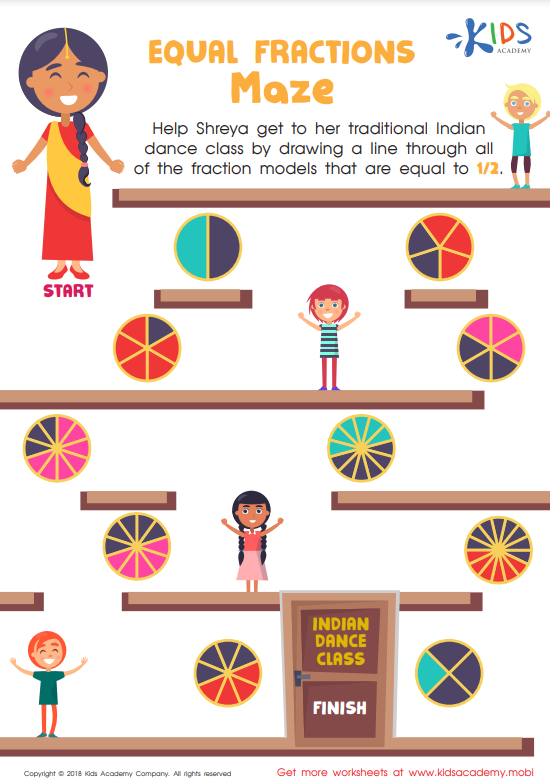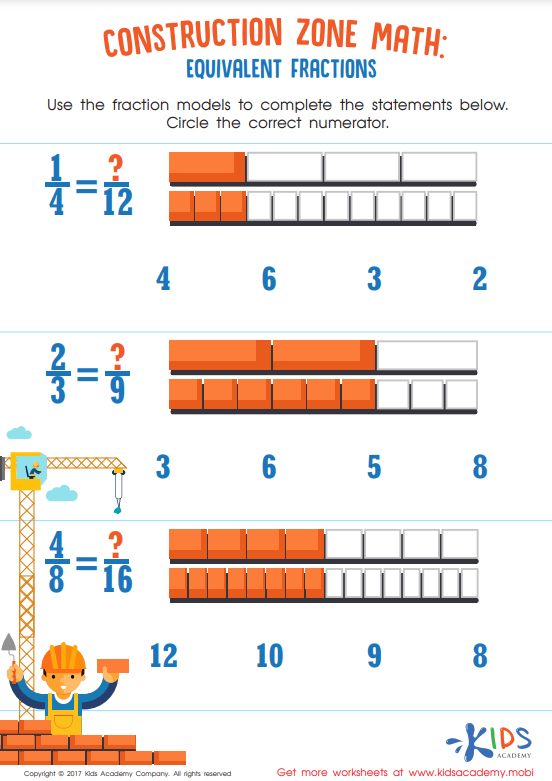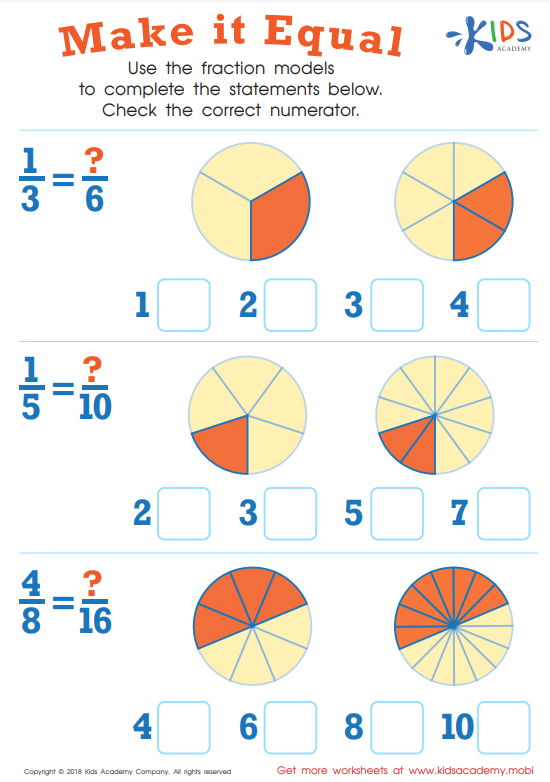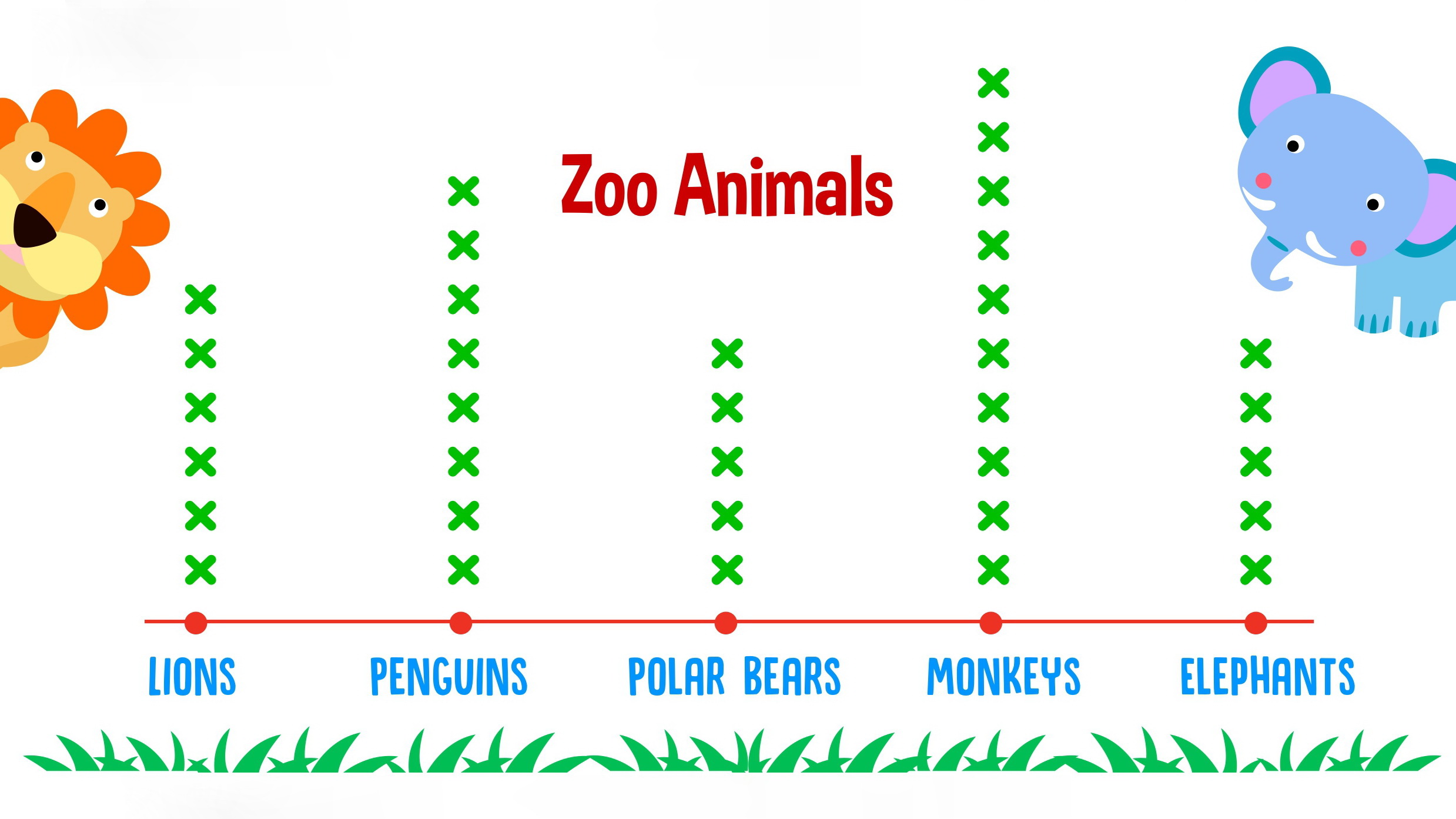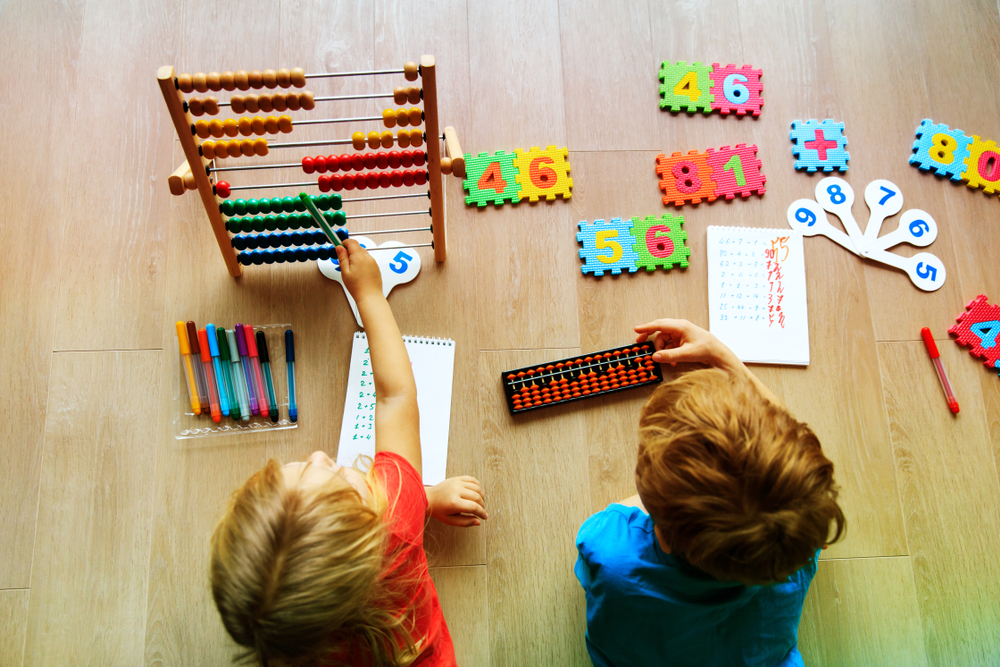What Are Equivalent Fractions?
June 14, 2022
Last session, your children have learned about fractions and their parts, along with converting fractions to visual representations and vice versa. Now, with your help, they are about to learn what equivalent fractions are.
Before introducing this concept, let your kids recall scenarios where they receive an equal share of something. Have they shared a glass of chocolate drink where each of them received one-half glass of the chocolate milk? Or have they encountered sharing something where the other one received a greater or lesser share? Have they shared a plate of pasta where they divided the food equally? Or rather one of the kids did not eat that much because he or she was still full? Have they equally divided a mini caramel cake wherein they fully enjoyed it and kept asking for more?
As a family, you experience many moments to cherish, and without them knowing, these simple yet significant memories have the concept of fractions within them. See how fractions appear and impact your daily living, from the happy to the happiest circumstances in your family life. When children have shared similar instances, it is time to tell them what equivalent fractions are. Equivalent fractions are fractions that are equal or have the same value. Consider these examples:
- 1/2 is equivalent to 2/4, 3/6, and 4/8.
(Let your kids draw four rectangles with similar size, then ask them to make visual representations of 1/2, 2/4, 3/6, and 4/8. Once they are done, let them compare the parts shaded. They should figure out that the four given fractions are equivalent.)
- 1/3 is equivalent to 2/6, 4/12, and 5/15.
(Let your kids draw four circles with similar size, then ask them to convert 1/3, 2/6, 4/12, and 5/15 to visual representations. After they finished, instruct them to compare the shaded parts. They should recognize that the four given fractions are equal.)
- 1/4 is equivalent to 2/8, 3/12, and 4/16.
(Let your kids draw four squares with similar size, then ask them to sketch 1/3, 2/6, 4/12, and 5/15. After they completed the sketching, ask them to observe the shaded parts. They should determine that the four given fractions have the same value.)
If your kids have grasped the concept of equivalent fractions, it is time to expose them to the examples below. These examples are fractions that are not equivalent:
- 1/2 is not equivalent to 3/4.
(Give your kids two papers with similar size, then ask them to cut 1/2 from the first paper and 3/4 from the second paper. Once they are done, let them compare the cut parts. They should figure out that the two given fractions are not equivalent.)
- 1/3 is not equivalent to 1/6.
(Provide your kids two same printouts of an image of pizza, and then ask them to make visual representations of 1/3 and 1/6. Once they are finished, let them compare the parts shaded. They should recognize that the two given fractions are not equivalent.)
- 1/4 is not equivalent to 1/8.
(Give your kids two same printouts of an image of cake, then ask them to make visual representations of 1/4 and 1/8. Once they completed the step, let them analyze the parts shaded. They should point out that the two given fractions are not equivalent.)
Give more similar activities to your kids. When your kids have already gained the mastery of determining equivalent fractions, you can now proceed with integrating the fascinating learning worksheets from Kids Academy. Kids Academy designs different educational materials for Kindergarten to Grade 3 learners, which ensure relevance, interactivity, and remarkability for your kids’ learning.
The first worksheet, Equal Fractions Maze Worksheet, supports the easy retrieval of what is learned by your kids. Through the maze with visual representations of the fraction 1/2, they will easily recall what equivalent fractions are by seeing the illustrations differently divided, yet equal when their shaded parts are compared.
The second worksheet, Equivalent Fractions Worksheet, is a level-up activity as your kids need to determine the equivalent of the given fractions by supplying the missing numerators. If your kids manage to do well with this extra challenging activity, they are now ready to surpass the next activity.
The third worksheet, Make It Equal Worksheet, is a wrap-up activity that seals the learning of your children. If they deal with this exercise confidently and accurately, it means they are able to absorb that fractions can be equal despite differences in the digits they see in the fractions’ given numerators and denominators.
In conclusion, your kids are now trained in recognizing fractions that are equivalent and those that are not. This achievement is happening because you are a great mentor! Because of that, we would like to congratulate you since your kids have gone this far. They are very much equipped to take the challenge that will be posed by the next topic, Comparing Fractions. See you on the next learning milestone!


